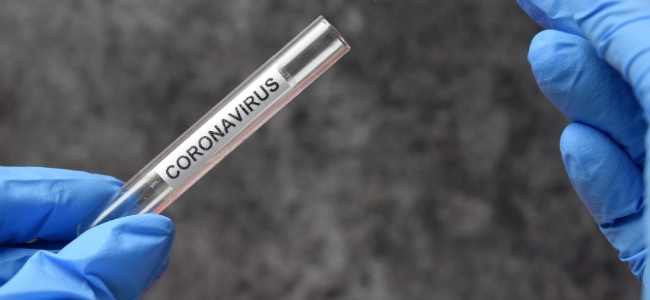If you’re experiencing COVID symptoms, it’s vital to take a COVID test as soon as possible. While it’s completely normal to feel apprehensive about getting the test, knowing what to expect beforehand will make it feel approachable. This guide will discuss the COVID test and what to expect from it.
What To Expect From a Coronavirus Test
When you arrive at your local Coronavirus test site, you may have to wait in line. Thankfully, COVID tests are typically quick, so you won’t wait too long.
Once it’s your turn to take the test, a health official inserts a 6-inch swab up your nasal cavity. The cavity is far up inside your nose—close to your throat. As such, this will feel a little unusual, but not painful.
The official will rotate the swab several times for a few seconds to collect enough of a sample. Then, the swab gets removed and sent for testing. You may get your results within hours or days, depending on the capacity of the facility you visited.
When Should You Get a COVID-19 Test?
You should get a COVID-19 test as soon as you notice symptoms of the virus. Symptoms may vary from person to person, so it’s essential to keep an eye on the significant common symptoms you may feel.
- Fever
- Chills
- Shortness of Breath
- Sore Throat
- Congestion
- Cough
- Lost of Taste of Smell
- Body Aches
- Runny Nose
- Headache
If you have any of these COVID-19 symptoms, it’s not guaranteed that you have COVID. However, you should get tested just to make sure.
You should also consider getting tested for COVID if you know you were in close proximity to someone who tested positive or showed COVID symptoms. In some situations, your doctor may also recommend a COVID test even if you aren’t showing significant symptoms.
What To Do if You Test Positive for Coronavirus
After getting your COVID-19 test, you’ll receive a response declaring whether or not you tested positive. Depending on your results, you’ll have to take immediate action.
If You Test Positive
Testing positive means you have Coronavirus, but don’t panic. The first thing you should do is go home, or anywhere you can safely quarantine yourself for two weeks. If possible, have a family member or friend provide enough food and water for the quarantine.
If You Test Negative
Testing negative means you don’t have the virus, which is great news! You’ll need to continue practicing safe social distancing and keeping an eye out for symptoms as the pandemic continues. Don’t hesitate to get another test in the future if you feel you need one.
COVID Testing: The Next Steps
Whether you tested positive or negative for COVID, you should feel proud that you took the initiative and tested yourself. Getting tested is a quick and simple way to determine whether you should stay away from others, which is an important step towards limiting this virus’s spread.
Check out the rest of our blog for more news about tech, health, and more.


